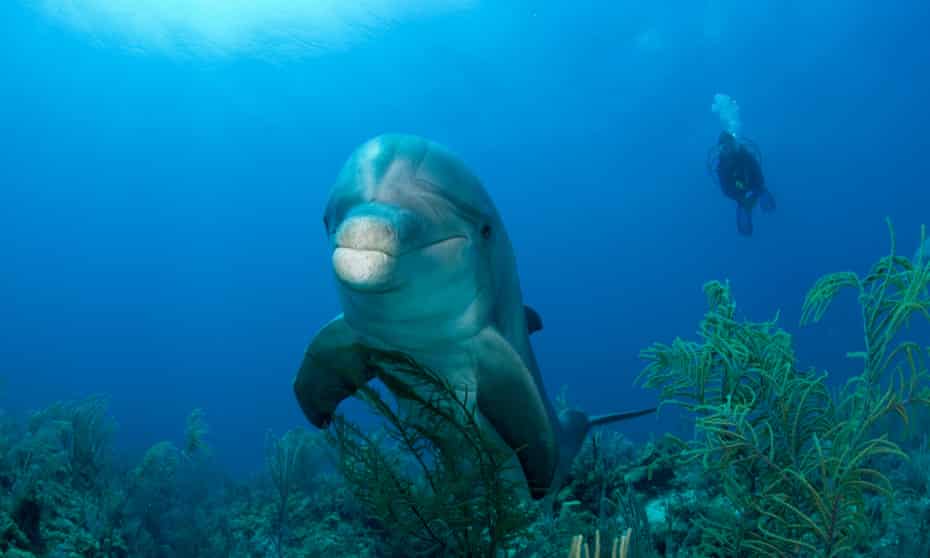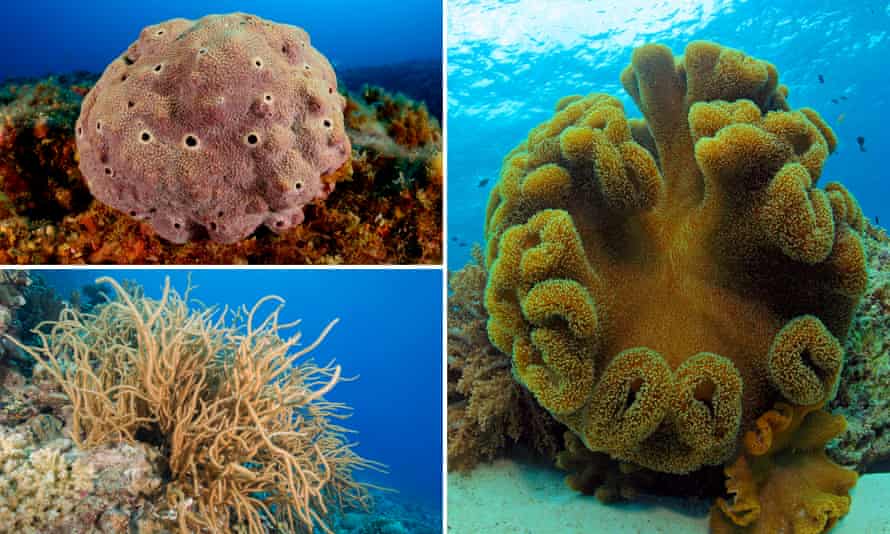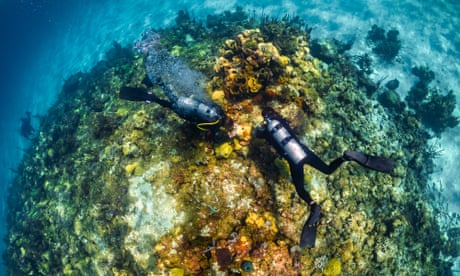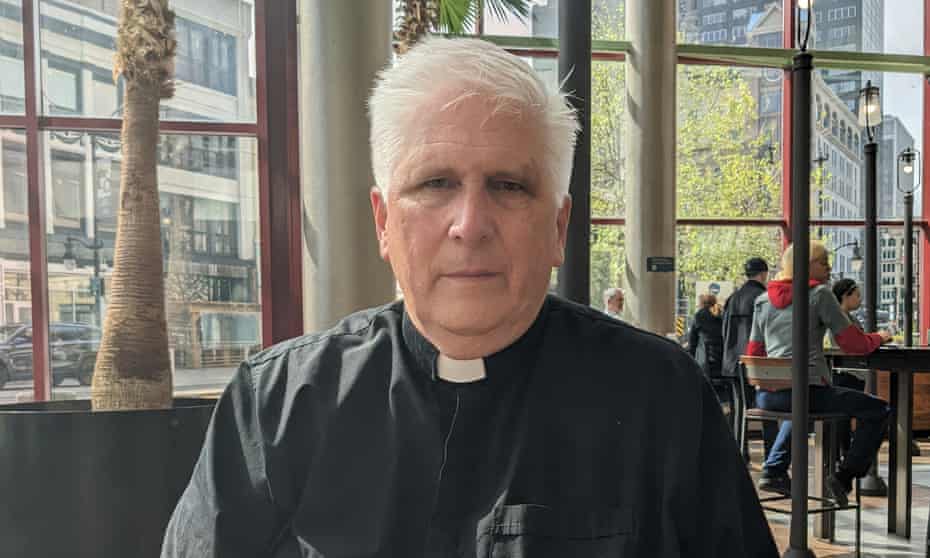'There is no convoy to support' Lich testifies in defence of accepting 'freedom award'
Aedan Helmer Tamara Lich, pictured
The second day of Tamara Lich’s bail review hearing began Friday with the Crown lobbing accusations that Lich violated her bail conditions on several occasions and an on-record suggestion that the Justice Centre for Constitutional Freedoms is financing her legal defence.
Lich testified by videolink from her Alberta home that she does not believe her acceptance of the JCCF’s 2022 “George Jonas Freedom Award” constitutes a breach, while her lawyer, Lawrence Greenspon, lodged an immediate objection to any questions regarding her legal fees.
“Wow. Object,” Greenspon said, citing a “clear case” of solicitor-client privilege.
Superior Court Justice Kevin Phillips sided with Greenspon on that point, ruling the privacy of solicitor-client privilege “far outweighs” any value the evidence of her legal fees could provide to the proceedings.
Temperatures had cooled considerably inside courtroom No. 36 by the time court resumed Friday following a fiery session on Thursday, which featured a rare testy exchange between Assistant Crown Attorney Moiz Karimjee and Phillips, the presiding judge.
Karimjee at one point asked the judge to “recuse” himself Thursday, a request Phillips flatly denied.
Karimjee continued his cross-examination of Lich on Friday by accusing her of breaching several conditions of her release order, suggesting Lich knew her support of the JCCF fundraiser was “related” to the “Freedom Convoy.”
Lich acknowledged the gala event and the award may be “related” to the cause, but said, “I don’t think it’s a breach.”
Karimjee also produced a social media post on Friday featuring Lich wearing a pendant emblazoned with a truck and the words “Freedom Canada,” which Karimjee said is being sold in an online fundraiser to support the convoy.
“There is no convoy to support,” Lich shot back.
Lich said she understood the March 7 release conditions to mean “there’s no organizing of anything related to the convoy or any future protests.”
This week’s much-anticipated bail review of one of the most prominent “Freedom Convoy” leaders had initially been scheduled for Greenspon to challenge Lich’s bail conditions that restrict her from accessing her social media accounts.
Lich is seeking to have her social media access reinstated, with Greenspon arguing the condition was overly broad and restrictive, amounting to an outright “banishment.”
The Crown filed an application this week arguing Lich should be returned to jail on the grounds that she “has continued her support of the convoy cause” by agreeing to accept the JCCF’s freedom award, which is to be presented at a June 16 gala in Toronto featuring keynote speaker Rex Murphy.
Lich is currently barred from entering Ontario as part of the conditions of her release. She said she hopes to attend similar JCCF events scheduled for Calgary and Vancouver.
Lich and fellow protest organizer Chris Barber are jointly charged with mischief, obstructing police, counselling others to commit mischief and intimidation.
She was arrested Feb. 17 and was initially denied bail on Feb. 22, though that decision was overturned on March 7 and she was ordered to return home with list of conditions, including a broad order not to “verbally, in writing, financially or by any other means support anything related to the Freedom Convoy.”
The hearing was initially set for a day-and-a-half, though Phillips has already expressed his concern the parties may not complete their submissions in the allotted time.
More to come…
ahelmer@postmedia.com
https://en.wikipedia.org/wiki/Lich
In fantasy fiction, a lich (/ˈlɪtʃ/; from the Old English līċ, meaning "corpse") is a type of undead creature. Lich. Wesnothlich.png. A lich from the game The ...






















